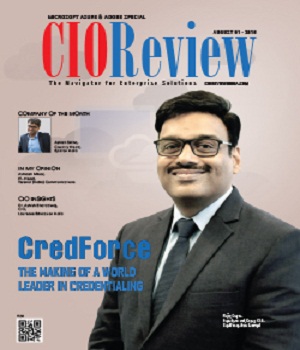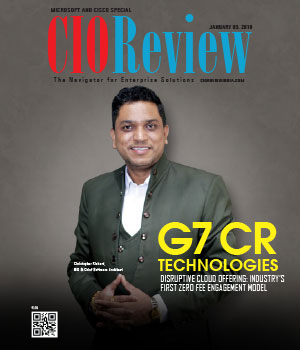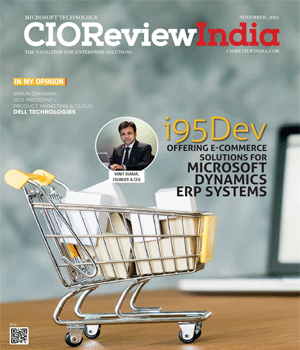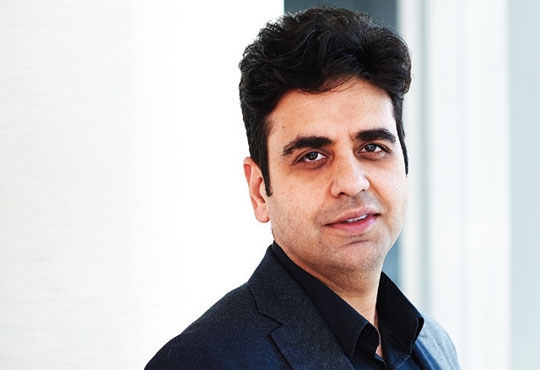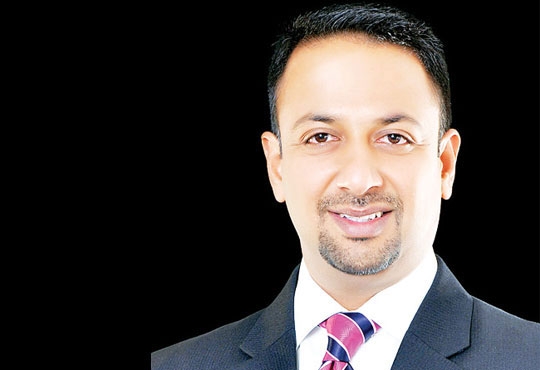
CIO Leadership Strategies for Effective Digitisation
Sreeram Iyer, Chief Operating Officer, Institutional Banking, ANZ Banking Group
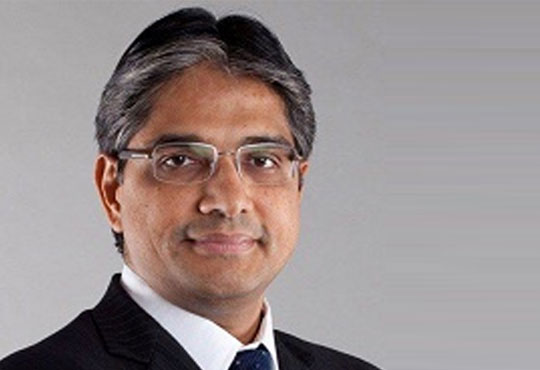 In the boarder banking context, recent mind-boggling advancements in Technology have been hugely impressive. However, on the flip side, has been a reduction in profitability of banks, with the Asian banks’ average Return on Equity trailing that all other regions except for Europe as of 2016. Facing a persistent margin compression challenge just to maintain their RoEs, banks have started adopting new digital tools (e.g. Machine Learning, Big Data, Robotic Process Automation (RPA), etc.), and can now make a meaningful dent in the Cost Income ratios of banks to improve their returns.
In the boarder banking context, recent mind-boggling advancements in Technology have been hugely impressive. However, on the flip side, has been a reduction in profitability of banks, with the Asian banks’ average Return on Equity trailing that all other regions except for Europe as of 2016. Facing a persistent margin compression challenge just to maintain their RoEs, banks have started adopting new digital tools (e.g. Machine Learning, Big Data, Robotic Process Automation (RPA), etc.), and can now make a meaningful dent in the Cost Income ratios of banks to improve their returns.
So if you are a CIO, what is your role in driving Digitisation as a Leader?
I would like to share three key lessons based on experience and exposure in the recent past:
• Firstly, it is all about Strategy and alignment. Not strategy on standalone digitisation but strategy of the Business to transform itself with the Customer in mind. The CIO needs to play a deep role in evolving this strategy to improve returns (in the case of banks). Digitisation cannot and should not be designed to live in its own right. The questions that come to my mind are:
• How aware and engaged is the Board on global trends in Digitisation?
• Does the Company have a cohesive business strategy with alignment from all individual business unit?
• Are the elements of Digital Transformation articulated well enough so that all employees will understand and able to speak on it confidently?
• Are Investment Dollars prioritised to align with the above?
• The second most important element is organisational Culture. Digital transformation is about shedding the past, injecting rapid change, designing customer-led improvements and engaging with all staff in a positive environment, despite elimination of several roles in most cases. ‘Language’ is an important part of culture change. For example, CIOs need to carefully craft their communication e.g. where they think about ‘Training’ as a cost or as an investment, Technology as a Service or as a cost centre, DevOps as the latest jargon or as a new way of working. One of the best reflections I once learned is that old technology platforms are not ‘legacy’ systems as often referenced. It is our brain which determines our legacy thinking. A key question on Cultural change depends on how many of your staff move from ‘Awareness’ to ‘Interest’ to ‘Adoption’.
• It is only after the above two dimensions are effectively dealt with, can CIOs then talk about ‘Technology’, new platforms and digital tool kits to usher in digital transformation. Not earlier. This will require bold new ways of getting things done and will need acknowledgment that speed can be a competitive advantage. CIOs will have to design new mechanisms of management processes where digital governance cuts across different business units, yet offers flexibility to each unit to adopt pace. CIOs have to reflect on what technology assets sit at an enterprise level and may need ‘protection’ while others at a unit level may need to be discarded. Funding and investments have to match digital ambitions, and CIOs play a huge part in this exercise.
These Leadership challenges require sustained effort from the top-of-the-house and by CIOs. It may be tempting to declare victory too soon based on some front-end customer channel experience while the rest of the organisation has not changed culturally or where processes have not been transformed. Sustaining requires energy, communicating wins and rewarding behaviours.
Technology changes every Monday morning. Therefore, Organisational support for Lifelong Learning is extremely important – for business leaders & their staff alike. One of the notions I have recently encountered is that Leadership is too important to be left to the bosses. Continuing self-education is a great example where, in some organizations the 50-yearolds are charged with deciding what the 20-somethings should be learning! Actually, in this increasingly digital age, the reverse holds true. The question for CIOs is to ask if the organisational hierarchy is an enabler or is it a blocker for self-learning.
We learned along the way that Data is more important than Platforms. CIOs can and should shift their perspectives to Data as much as to new age technologies. Cleaning all possible Data inputs is another key aspect for successful digitisation initiatives. What we have realised in the course of our own efforts –and it is no surprise really - is that robots demand clean data to be effective – so a lot of the work involves streamlining the process, so that the outcomes exceed expectations.
CIOs are busy trying to figure out implications and opportunities of Distributed Ledgers. Actually, from a cultural standpoint, I read that Distributed Leadership is more important than Distributed Ledgers. The traditional attributes of Company Leadership models over the last several decades, such as hierarchical power, corner offices, fancy titles, authority of position and so forth, will soon make way for what may be called ‘Distributed Leadership”. This pushes leadership at all levels because, unlike in the past, knowledge is now distributed, not concentrated. As a CIO, how you enable this change is a tough challenge.
To summarize, I am firmly convinced that the external context of banks will mean that CIOs have an even larger role to play in leading digital change. Clearly, there are many different ways of doing so, and I have shared the three main approaches which could be adopted to bring about the much-needed change: Strategic alignment, Cultural change and prioritised investments in Digital tools.
CIO Viewpoint
Aligning IT Roadmap with Business Objectives: A...
By Subhash singh Punjabi, CISO & Head Enterprise Architecture, Deepak Fertilisers & Petrochemicals Corporation Ltd
Empowering Women: Shaping the Future of Industry
By CIOTechOutlook Team
Scaling AI: Finding the right Biztech...
By Sujatha Gopal, CTO - Communications, Media & Information Services (CMI), Tata Consultancy services
CXO Insights
By John Quirk, Vice President of Network Operations, IAT Insurance Group & Manny Landron, Chief Information Security Officer, IAT Insurance Group
A 3-Pronged Framework To Ensure Smooth...
By Deepak Arora, VP - Technology, Publicis Sapient
The Benefits Of Cloud Email Security


